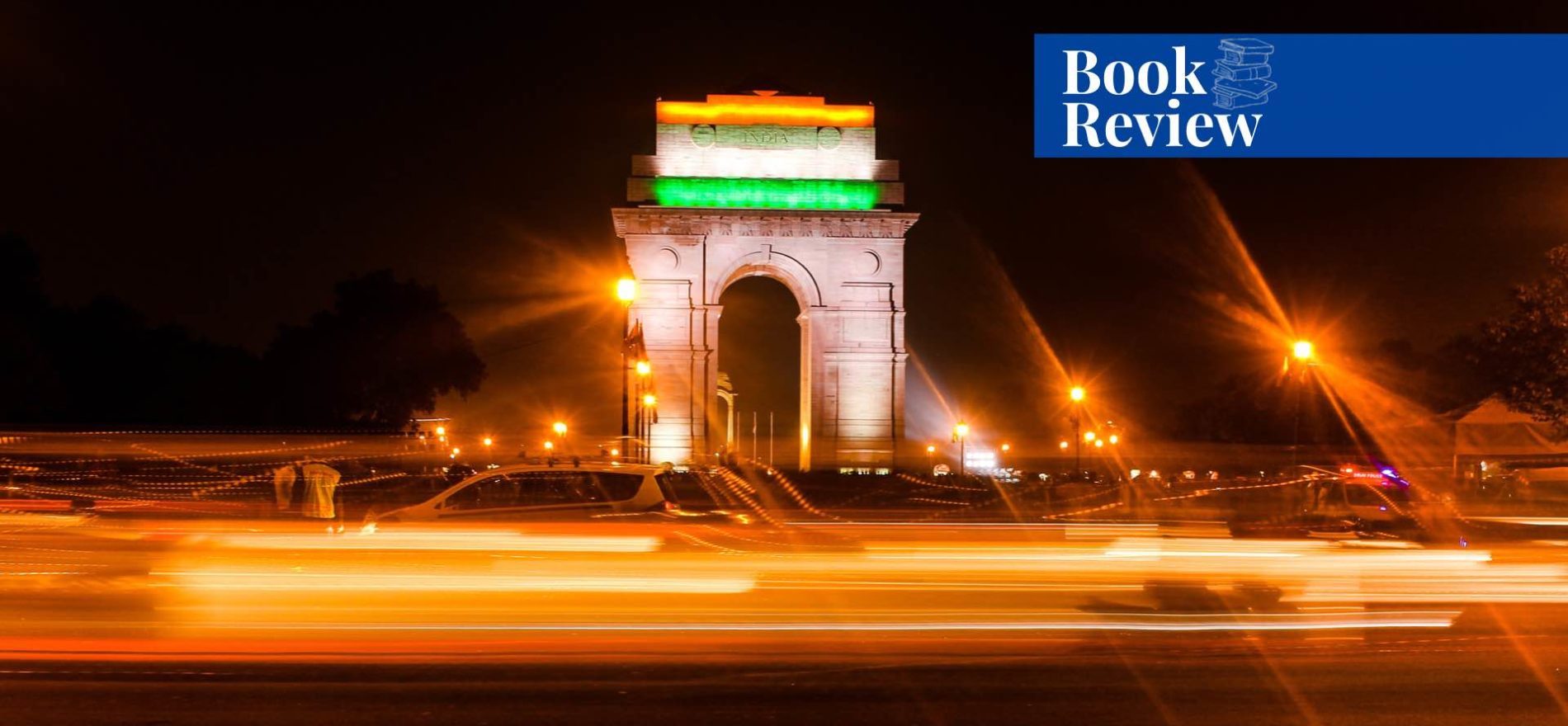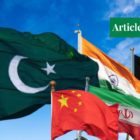Mr Danish Hameed is studying International Relations at National Defence University, Islamabad.
Introduction
Edited by three distinguished experts, the Oxford Handbook of Indian Foreign Policy was published in 2015. David M. Malone is a Canadian writer who was previously the leader of the International Peace Institute. C. Raja Mohan is a Senior Fellow at the Asia Society Policy Institute, Delhi, a division of the Asia Society India Center in Mumbai. He is also a contributing manager on foreign relations for the Indian Express.
Srinath Raghavan is a teacher of history and global relations at Ashoka University and a Senior Fellow at the Carnegie Endowment for International Peace. Four expansive subjects in Indian foreign policy starting around 1990 are investigated in this oxford handbook, rebuilding extraordinary power relations, reconnecting to the drawn-out area, reevaluating the South Asian arrangement, and reconsidering a portion of the center ideas like non-arrangement.
The Republic of India
Freed from the Cold War imperatives and looking for capital, innovation, and markets in the changing period, India escalated its commitment to the West without forsaking its customary Russian association. It started to modify its monetary and political connections to the drawn-out area, infused more prominent adaptability into its commitment to the more modest neighbors in the subcontinent and looked for, ineffectively, to standardize relations with Pakistan.
The outright expansion in its military and monetary assets started to propel India to think less like a creating, neutral nation and more like an arising and capable power. India is likewise battling to address the strain between the ideas of ‘vital independence’ and ‘key impact’. Indian always had the capacity to absorb foreign visitors and invaders such as the Mughal dynasties and British colonists who brought the institutional bases and integrated India with the global economy.
After the colonial experience, India was freed in 1947 by Britain but later American hegemony controlled the Indian economy. However, Nehru implemented the policy of industrialization due to which India gained a mixed economy. The departure of Britain created difficulties for India because the territory of the sub-continent was divided into Pakistan and India.
Foreign Relations
India’s problems with Pakistan, China, and the US are deeply concerned with territory, nationhood, and independence of decision making. They are the greatest challenge to economic, domestic, and foreign policy for India. To this day, India has not altogether lost its fear of US imperialism, even if the extent of Indian fearfulness has diminished. While US and India don’t have territorial relations, they do have ideological relations.
For India, Kashmir is a symbol of secular nationalism. According to Nehru, its inclusion in India will affirm the view that Muslims can be happy to be a part of the Hindu majority. Similarly, Tibet is the reason behind the Sino-Indian conflict. China and India see themselves as beacons of Asia and regard their political way of life as being a surer pathway to security and well-being.
If this view is correct, then the India–China conflict goes much deeper than a territorial dispute, and its resolution can only occur when one side is converted to the other’s view or if one ideology or the other stands vindicated by the choices of other Asians, that is, by history. The target of this section is to endeavor a best-case contention for India hypothesizing on Indian international strategy.
The Oxford Handbook of Indian Foreign Policy investigates early compositions of Indian diplomacy and international strategy and their hypothetical underpinnings. While the general regret remains that conventional international strategy has been under-conjectured, the writer focuses to inquire about bearings that may push future researchers in the field to pay more noteworthy notice to the setting and neighborhood highlights and present a more grounded near measurement.
After independence, Nehru established the Ministry of External Affairs and Commonwealth Relations for having an independent foreign policy. In 1949, India pushed for trade and friendship treaties with Afghanistan for international trade and better relations. Thus, the ministry of external affairs has been playing a key role in the development of a post-colonial state.
India’s Rise
Indian international strategy is progressively drawing on a view of its rising delicate power. In any case, critical hindrances stay to establishing India’s delicate gains in utilizing its delicate power on the worldwide stage. Its advantages incorporate its antiquated and unmistakable social legacy, the Bollywood film industry, and its status as the world’s biggest vote-based system, yet one that is creating and evolving quickly.
The administration’s expanding outside help and open tact programs are delicate power instruments. It by and by stays indistinct whether New Delhi can make an interpretation of these benefits into expanding the impact of India in approach circles globally and among the more extensive worldwide publics.
The rapid rise of China and the relative decline of American dominance appear to be causing a power shift in Asia. India has been looking for a solution to deal with the new scenario. India has been on the rise since the 1990s, notably after its nuclear weapons testing in 1998. Since the beginning of the twenty-first century, India has been viewed as the next country to seek major power status after China.
India, which had traditionally kept its power ambitions hidden, stated its intention to become a premier power in 2015. India would be taking significant steps toward becoming a global power in the future. No one would argue with the notion that Asia is undergoing a power transition or shift. The most pressing question is whether the shift will result in a paradigm shift and the creation of a new international order. India would also have to present its vision for how it will function as a global power.
If you want to submit your articles, research papers, and book reviews, please check the Submissions page.
The views and opinions expressed in this article/paper are the author’s own and do not necessarily reflect the editorial position of Paradigm Shift.



















